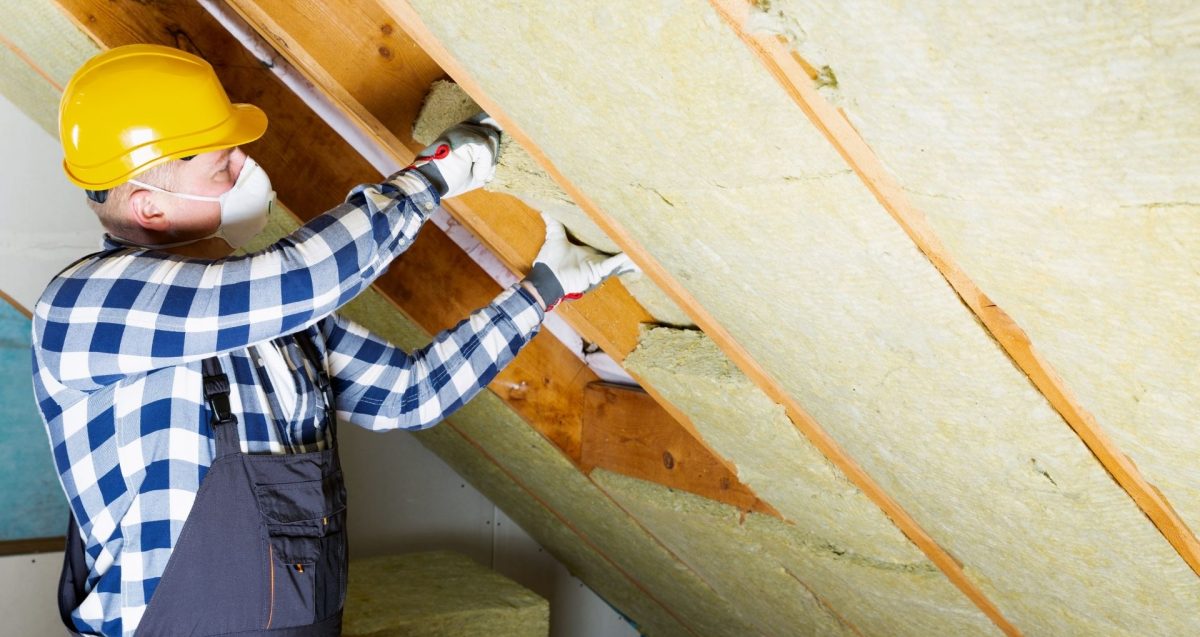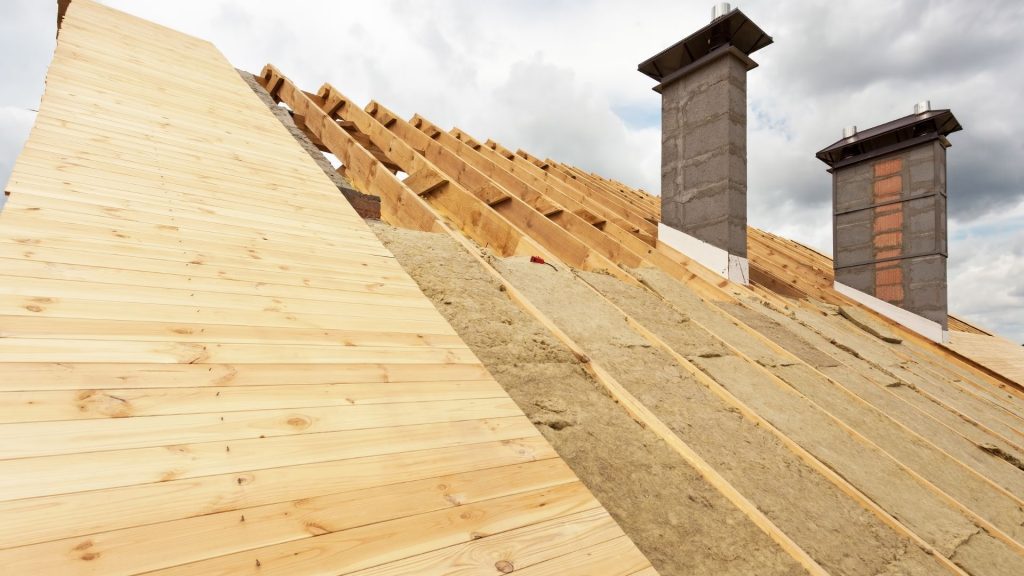The maximum span of insulated roof panels can vary depending on several factors, including the specific type of panel, the thickness and material of the panels, the load requirements of the roof, and local building codes. It’s essential to consult the manufacturer’s specifications and engineering guidelines for accurate information regarding the maximum span of insulated roof panels.
Insulated roof panels, also known as sandwich panels, consist of an insulating core material (such as expanded polystyrene, polyurethane, or mineral wool) sandwiched between two outer layers, typically made of metal or another rigid material. These panels are commonly used in commercial and industrial buildings, as well as some residential applications.
The span capabilities of insulated roof panels can range from a few feet to over 40 feet, depending on the factors mentioned above. Panels with a thicker core material and stronger outer layers can typically span larger distances. The load requirements of the roof, including snow loads, wind loads, and any potential additional loads (such as solar panels or equipment), will also affect the maximum span.
It’s crucial to work with a qualified structural engineer or a building professional who can assess the specific requirements of your project, consider the local building codes and regulations, and provide accurate calculations and recommendations for the maximum span of insulated roof panels based on your unique circumstances.
Table of Contents
ToggleWhat is the maximum span for a SIP roof?
Structural Insulated Panels (EPS) offer a combination of insulation and structural support for roofs and walls. The maximum span for a SIP roof depends on various factors, including the thickness and type of SIP, the load requirements of the roof, and the specific design and engineering of the structure. It’s important to consult with a structural engineer or a SIP manufacturer for precise information based on your project’s requirements.
SIPs consist of a core material, typically expanded polystyrene (EPS) or polyurethane foam, sandwiched between two outer layers, often oriented strand board (OSB) or plywood. The SIPs are designed to distribute loads across the panels, providing both insulation and structural integrity.
Typically, SIP roofs can span between 8 to 24 feet without the need for additional support. However, the actual maximum span will depend on factors such as:
Panel Thickness: Thicker SIPs generally offer greater strength and load-bearing capacity, allowing for larger spans. Common thicknesses for SIP roofs range from 4 to 12 inches.
SIP Type and Configuration: Different types of SIPs may have varying load-bearing capabilities. Some SIPs are designed specifically for roof applications and offer enhanced structural support.
Roof Design and Load Requirements: The design of the roof, including its shape, pitch, and the expected loads (such as snow, wind, and additional loads like solar panels), will influence the maximum span of the SIP roof. Local building codes and regulations may also dictate the required load-bearing capacity.
Support Structure: The presence of additional structural supports, such as beams, columns, or trusses, can increase the maximum span of a SIP roof. The layout and positioning of these supports will depend on the specific design and engineering requirements.
To determine the maximum span for a SIP roof, it is crucial to work with a qualified structural engineer or a SIP manufacturer. They can evaluate your project’s needs, consider factors like load requirements and local building codes, and provide accurate calculations and recommendations for the maximum span based on the specific EPS type and configuration being used.

How far can cooldek span?
Cooldek is a specific brand of insulated roofing panel commonly used in outdoor structures such as patios, pergolas, and carports. The maximum span for Cooldek panels can vary depending on the manufacturer, the specific panel profile, and the load requirements of the structure. It is important to consult the manufacturer’s specifications and engineering guidelines for precise information regarding the maximum span of Cooldek panels.
Cooldek panels are typically made of a combination of steel or aluminum external layers and an insulated core, which may consist of foam or polycarbonate material. These panels provide both insulation and weatherproofing properties.
The maximum span for Cooldek panels can range from a few feet to over 20 feet, depending on several factors, including:
Panel Thickness: Thicker panels generally offer greater strength and load-bearing capacity, allowing for larger spans.
Panel Profile: Cooldek panels are available in different profiles, such as corrugated or ribbed profiles. The specific profile chosen may affect the maximum span capabilities.
Material and Structural Design: The choice of materials for the external layers and the type of insulated core used in Cooldek panels will impact the maximum span. Additionally, the structural design and engineering considerations of the supporting framework will influence the span capabilities.
Load Requirements: The expected loads on the Cooldek roof, including wind loads, snow loads, and any additional loads such as from equipment or hanging fixtures, need to be considered when determining the maximum span.
To determine the maximum span for Cooldek panels in your specific project, it is essential to consult with the manufacturer or a qualified structural engineer. They can assess the design requirements, consider the local building codes and regulations, and provide accurate calculations and recommendations for the maximum span based on the specific Cooldek panel profile, thickness, and structural considerations.
What is the range of SIP sizes?
Structural Insulated Panels (EPS) are available in a range of sizes to accommodate various construction needs. The specific sizes of SIPs can vary depending on the manufacturer and region. However, here are some common ranges for SIP sizes:
Panel Thickness: SIPs are available in different thicknesses, typically ranging from 4 to 12 inches (10 to 30 centimeters). Thicker panels offer increased insulation and structural support.
Panel Width: SIPs commonly come in widths of 4 feet (1.2 meters) or 8 feet (2.4 meters). These widths align with standard building dimensions, allowing for ease of installation and compatibility with other building materials.
Panel Length: The length of EPS can vary depending on the manufacturer and project requirements. Standard panel lengths often range from 8 to 24 feet (2.4 to 7.3 meters). However, longer panels may be available for specific applications or custom orders.
Custom Sizes: In addition to standard sizes, some manufacturers offer custom-sized SIPs to accommodate unique project specifications. These custom-sized panels are typically made to order and may involve additional lead time and cost.
It’s important to note that SIPs are commonly used for walls, roofs, and floors in construction. The specific size requirements will depend on the project design, structural considerations, and local building codes.
When considering SIP sizes for a construction project, consult with SIP manufacturers or suppliers to determine the available sizes and options that best suit your specific needs. They can provide guidance on the appropriate EPS sizes based on your project’s requirements and help ensure a smooth and efficient construction process.
What are the 5 types of SIP?
Structural Insulated Panels (EPS) are available in various types, each offering different features and benefits. Here are five common types of SIPs:
Expanded Polystyrene (EPS) SIPs: EPS SIPs consist of an expanded polystyrene foam core sandwiched between two outer layers, typically made of oriented strand board (OSB). EPS SIPs are lightweight, have good thermal insulation properties, and are cost-effective. They are commonly used in residential and commercial construction.
Polyurethane (PUR) SIPs: PUR SIPs have a polyurethane foam core and OSB outer layers. Polyurethane offers excellent insulation properties and has a higher R-value per inch compared to other insulation materials. PUR SIPs provide high energy efficiency and can contribute to a more airtight building envelope.
Polyisocyanurate (PIR) SIPs: PIR SIPs also have a polyurethane foam core, but with a modified formulation that includes polyisocyanurate. PIR offers enhanced fire resistance compared to other types of foam insulation. PIR SIPs provide excellent thermal performance and are commonly used in commercial and industrial construction.
Cementitious SIPs: Cementitious EPS utilize a core made of cement-based materials, such as fiber-reinforced cement or magnesium oxide board, sandwiched between layers of structural sheathing. These panels offer durability, fire resistance, and can be used for both walls and roofs. Cementitious SIPs are suitable for applications where resistance to moisture, mold, and insects is essential.
Fiber-Reinforced Plastic (FRP) SIPs: FRP SIPs consist of a foam core reinforced with fiberglass or carbon fiber layers. These panels offer high strength-to-weight ratios, excellent thermal insulation, and are resistant to moisture and rot. FRP SIPs are commonly used in applications where weight reduction and durability are crucial, such as transportation and aerospace industries.
It’s important to note that while these five types represent common EPS options, there may be other variations and specialty SIPs available in the market. The choice of SIP type depends on factors such as project requirements, local building codes, insulation needs, fire resistance, and budget considerations. Consult with SIP manufacturers, suppliers, or building professionals to determine the most suitable SIP type for your specific project.



